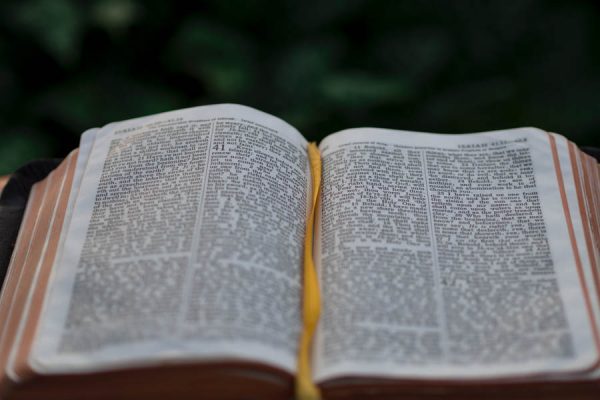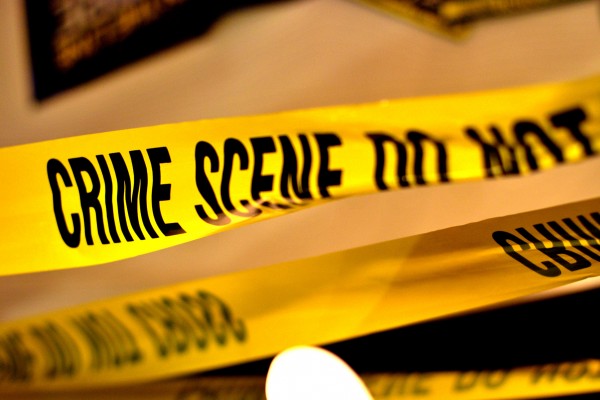The recent warehouse fire in Kensington that killed two Philadelphia firefighters was a tragedy that could have been prevented. Boarding up old houses or warehouses and then allowing them to decay for years or even decades is a sure way to invite a fire tragedy. This is why the catastrophic Kensington fire was really no surprise to me at all.
You don’t have to walk far in the neighborhood to spot boarded up houses, some with Licenses and Inspections closure signs but most without any notices at all. On my own street near Stock’s Bakery on Lehigh Avenue, there’s a house that’s been boarded up for over fifteen years. Old timers here say it used to be an apartment or rooming house, but that changed when the owner boarded up the place while still continuing to pay taxes on the building.
This begs the question: What would anyone board up a house and then let it rot for years while continuing to pay taxes on it? A game like this defies logic and common sense, but it is especially infuriating when the property owner lives nearby on a nice street where there are no abandoned properties.
Not far from this house on nearby Albert Street, there’s another boarded up property. This house was closed by L&I two years ago when it was seized by the city as a drug house. While drug trafficking is a serious offense, for the city to seize such properties—as if it was the house itself that broke the law and not the occupants of the dwelling—-and then board the properties up before slating them for Sheriff’s sale years down the line, is a careless way to deal with the problem.
Too frequently these closed drug houses never wind up on Sheriff’s sale lists, making any reasonable citizen wonder what happens to them. Are they siphoned off to insiders who reside in other dimensions? This is a reasonable question because these houses, just like their non-drug trafficking abandoned counterparts, sit for years as boarded up wrecks and fire hazards.
It’s a known fact that it takes the city years to sell abandoned houses to speculators at Sheriff’s sales. Whether these abandoned houses are drug houses or houses arbitrarily “decommissioned” by owners like the house on my street, these properties should not be allowed to just sit and deteriorate. Owners of these properties need to be fined whether they are tax delinquent or not. They are guilty of creating city blight, bringing down the property values of neighbors, and making for a potentially hazardous situation.
If the City can devise an effective, almost superhuman method of collecting parking fines, it can do the same with abandoned houses.
For starters, let’s streamline the Sheriff’s sale process to make it possible to sell these properties outright to interested homeowners who may be interested in rebuilding them. Give homeowners who pay taxes on their blighted, boarded up properties six months to a year to fix up the property or make arrangements to sell them to somebody who can. Cut that timeline in half for homeowners with boarded up properties who are radically delinquent in their taxes. That’s a generous offer in my mind, because there’s no excuse for a property to rot for years in otherwise pleasant neighborhoods, much less for the (more dangerous) boarded up warehouses to “sit” and wait to catch fire via Mother Nature or some attention starved pyromaniac.
The Albert Street house near my home used to be a well kept little place, with a swept sidewalk and stoop—it was even decorated for holidays—but today it is rapidly approaching decomposition status, like a ruin in Iraq. In another five years, it may be too far gone for structural rehabilitation. Seizing drug houses and then forgetting about them is not the answer; that’s why it would have been smart if the city had had a program whereby the house could have been immediately recycled without falling into the Sheriff’s sale vortex.
In 2010, then Mayor Street’s Anti-blight Neighborhood Transformation Initiative had high hopes about transforming some 40,000 abandoned properties in the city. The city at that point had a 296 million dollar bond to help tear down these abandoned properties and prepare them for developers.
What happened?
In many cases, it was the city’s own law that if a house (abandoned or not) is privately owned, all Licenses and Inspections can do is cite the owner for maintenance violations.
This is why the decomposing house on my block is permitted to exist.
Some years ago, one of the window boards on this house came undone, making a pathway for feral cats and possums. This small opening, as opposed to the condition of the building itself, motivated the owner to spring into action, no doubt because he feared L&I’s wrath. Within a week, a fresh board appeared on the ruin, which had the net effect of applying a Band-Aid to a train wreck.
When the Kensington warehouse fire erupted, the city blamed the building’s Brooklyn, New York owners, two brothers who own more than 30 other properties in town, most of them probably boarded up and tax delinquent structures as well. Certainly the New York owners deserve part of the blame, but we need to ask this question:
Where were you, Philadelphia, before the fire? Where were you when that aching hulk of a ruin looked like it was about to implode and possibly claim innocent lives?
Where were you, Philadelphia?





